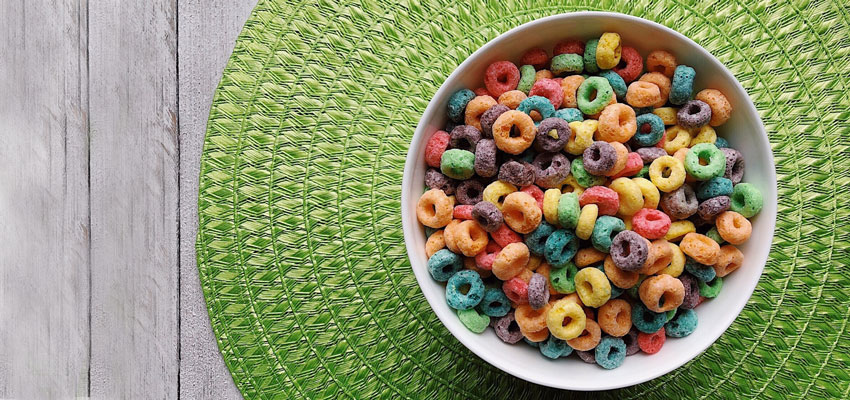The German consumer magazine "Ökotest" tested 50 different breakfast cereals for harmful substances. Despite efforts to reduce acrylamide the consumer protectors found high levels of contamination in some products.
Acrylamide contamination was found in 18 products. In 14 products the values were only "elevated" (> 75 µg/kg). The EU guideline value was thus exhausted by 50 %. Four products 'exceeded' the EU guideline value with values > 150 µg/kg (Regulation (EU) 2017/2158). Acrylamide, as should be known by now, is not an environmental contaminant, but arises from unfavourable procedures in the manufacturing process itself. The assessments of Ökotest are not always differentiated enough, as the Association of the Grain, Milling and Starch Industry (VGMS) noted in a press release on the article.
In addition to acrylamide, contamination with mycotoxins was found in products made from various cereals. The fungal toxins originate from the cereals. They are formed by fungal infestation under unfavourable harvest or storage conditions. Mycotoxins are highly hazardous to health even if ingested in small quantities over a lifetime. The findings are particularly alarming for children and adolescents, who are an important target group for the breakfast cereal industry.
The trichothecene toxins T2+HT2 were "strongly elevated" in two products. According to the report, the group TDI (total daily intake) of 0.02 µg/kg body weight was exhausted by more than 100%. Deoxynivalenol (DON), a toxin commonly found in maize, was also detected in three products. It should be noted that a devaluation based on the TDI values is debatable. In the presence of legal regulations, as in this case, the evaluation should refer to the EU Contaminants Regulation, in which binding maximum levels for these mycotoxins have been set. These were presumably not taken into account by Ökotest.
Another issue in connection with the cereals that are more often only offered in cardboard packaging without an additional foil insert is repeatedly the contamination with mineral oil residues (keyword: MOSH/MOAH). Many printing inks contain mineral oil components, which can get into the cartons via the processing of recycled paper. Traces of these contaminants can diffuse into the food without an additional barrier. A guide value of 6 mg/kg currently applies to MOSH. Ökotest bases its assessment for its readers on a maximum value of 4 mg/kg, above which a devaluation is made.
YOUR PLUS: The AGROLAB food laboratories are very experienced in the analysis of cereals and cereal products and cereal products and cover the entire spectrum of analysis. Our evaluations are neutral and based exclusively on the applicable legal standards.
Our laboratory AGROLAB LUFA has been involved in the analysis of agricultural products for over 150 years. The analysis of acrylamide, all mycotoxins and pesticides are part of our routine services.
For the analysis of mineral oil contamination in raw materials and finished products, as well as cardboard packaging, we use the most modern chromatography methods at our AGROLAB Dr. Verwey site in Barendrecht. We will report on this in detail in a "Special" in one of the next issues of RADAR.Author: Dr. Frank Mörsberger

 Contact
Contact

 Contact
Contact Career
Career